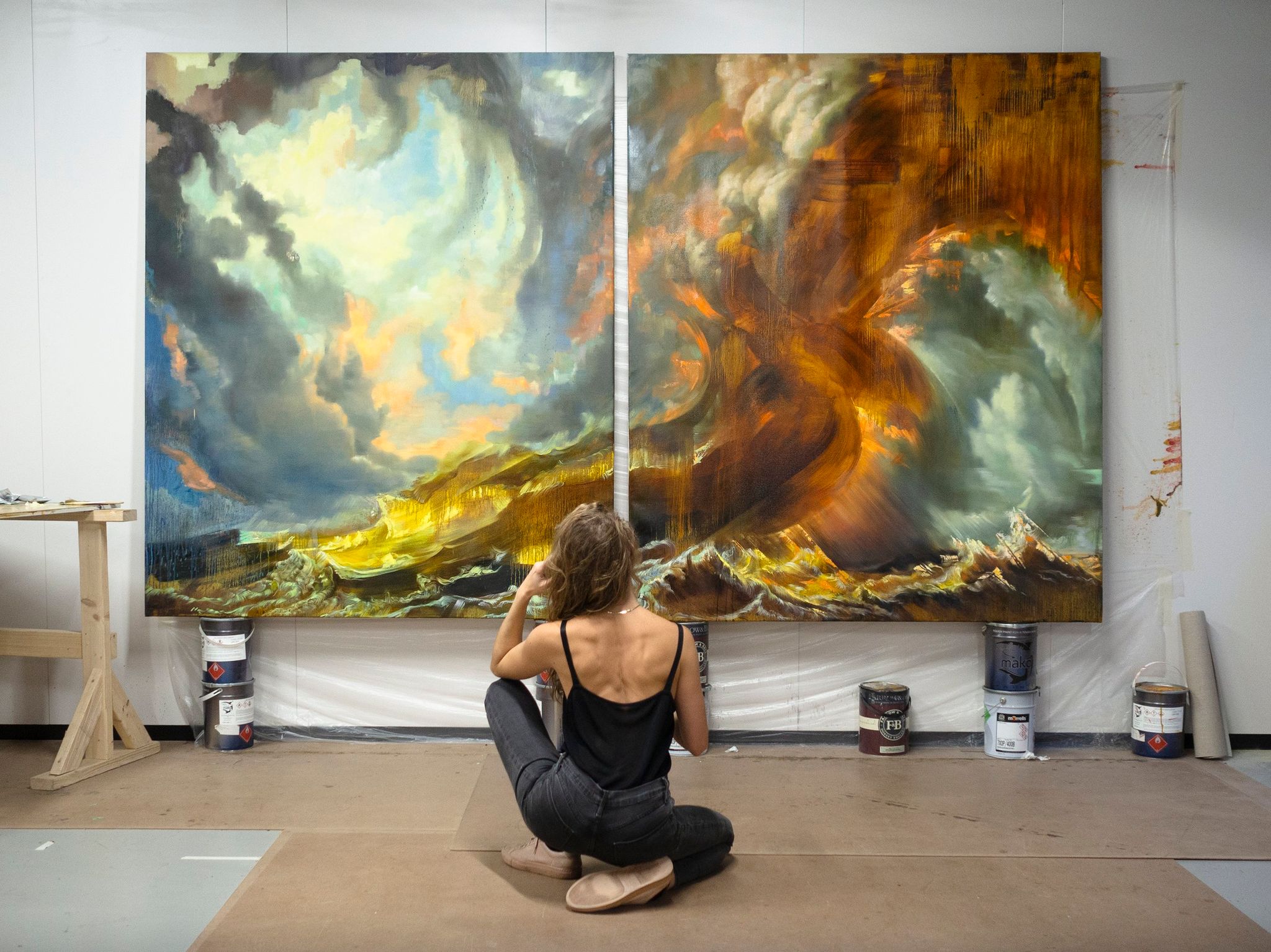- STUDIOS
- 01/26/2024 @ 11:57 AM
STUDIOS 001 // MARIA KREYN
ALLSHIPS family- today, I am thrilled to launch a new series, STUDIOS, where I visit artists in their context and interview them in their own studio space. I also create a studio tour video to help promote their work and open a small window into their world. I am excited to make these and introduce you to the most interesting people I can find.
Dave Krugman
I'm here today with Maria Crane at her studio, for the first installation of our longer form series, ALLSHIPS Studio visits. Let’s dive right in. Maria- I first came across your work on Instagram. Actually, my friend Oveck showed me your work, and I thought it was really, really compelling. I just fell in love with it. I like the scale, I like the mood. I like the atmosphere that you create. I'm curious to learn more about you. And maybe first, you could just introduce yourself to our community.
Maria Kreyn
My name is Maria. I mostly make paintings, mostly oil. And my work splits between painting the figure and painting weather. And so primarily, I've been painting the figure for the last ten years. And then a couple of years ago, I did a really interesting project that took me in this direction.
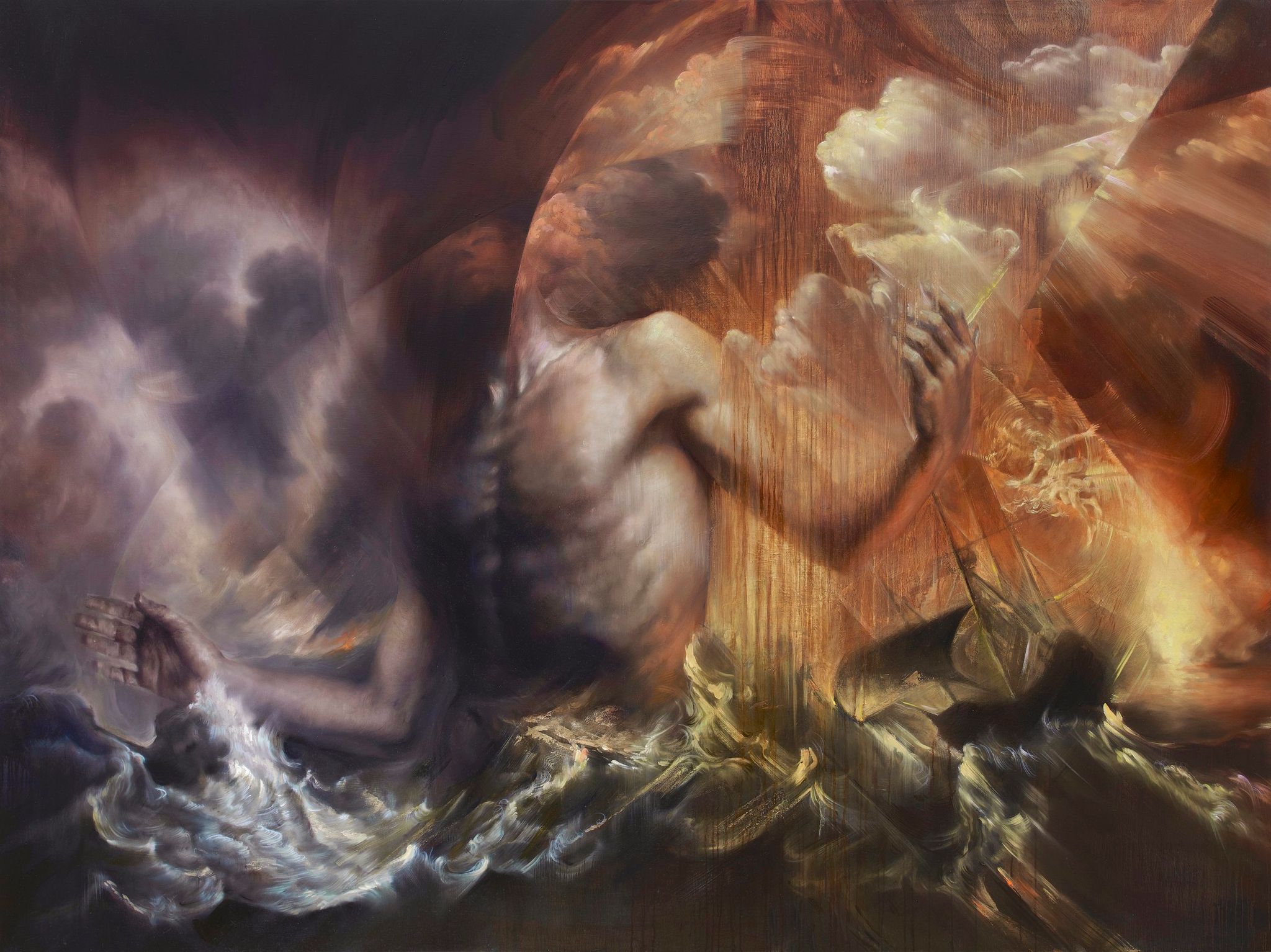
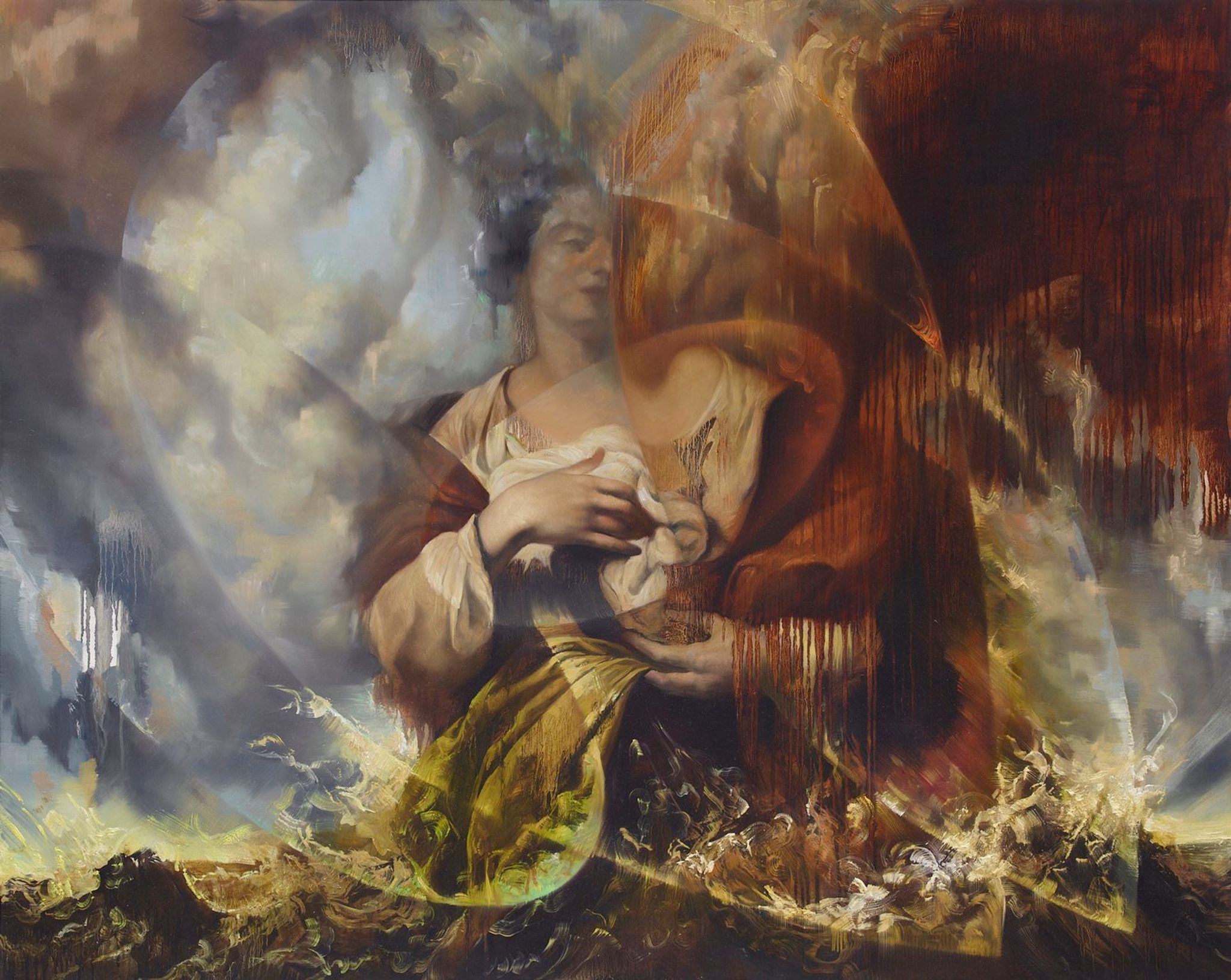
DK
So you mentioned to me just a moment ago that you've moved into a lot of storm-based scenes and stuff like that, and that was actually a bit of a surprise to yourself. Can you elaborate on the arc of what you started painting towards where you are now?
MK
For sure. This hit me spontaneously when I painted a rendition of The Tempest. And this was a large scale project. It's actually a public installation that's now in London. It was done for Andrew Lloyd Webber, who wanted me to paint eight paintings that were all based on Shakespeare, with this really research-oriented, Contemporary-meets-Old-World interpretation of Shakespeare. The prompt was, Maria, I'd like you to make it dangerous and apocalyptic with your soul on the line.
DK
That's quite a prompt.
MK
Exactly. So that was my COVID year, and I was in here for all of 2020 making these paintings. And the last one was The Tempest. It was a very challenging painting because it was this awkward combination of abstract elements of weather meeting a figure. And I failed so many times while I was painting it, and I just restarted, and repainted, and repainted, and repainted.
But then finally, when I got it, I really landed it. And I was like, okay, I think I need to explore this direction. And so I just decided that I wanted to take all of that abstraction that I fumbled my way into in that painting, and zoom out a little bit farther, and give a sense of the human experience without the human in the frame. From a different vantage point, where you could actually feel the complexity, and turbulence, and expansiveness of the environment that we're in without necessarily zooming into the portrait, which is what I'd previously done.
And I guess why this has stuck with me, and why I'm still doing it, is that it actually feels like the same thing. It feels like I'm painting a portrait of the atmosphere in some way, and that I'm taking the complexity, and the emotional investigation that I would find in a figure, and just extrapolating that back out into the world.
DK
It's like the experience is still embedded in the work, even without zooming in.
MK
Totally. And if you told me a few years ago that this is what I would be doing, I would just laugh because my very specific intention when I started painting was to focus on the human, the human experience, the human condition, the empathy that you feel when you see a human being in a painting that's painted in a way that's not necessarily photographic or supernaturalistic, but feels very alive.
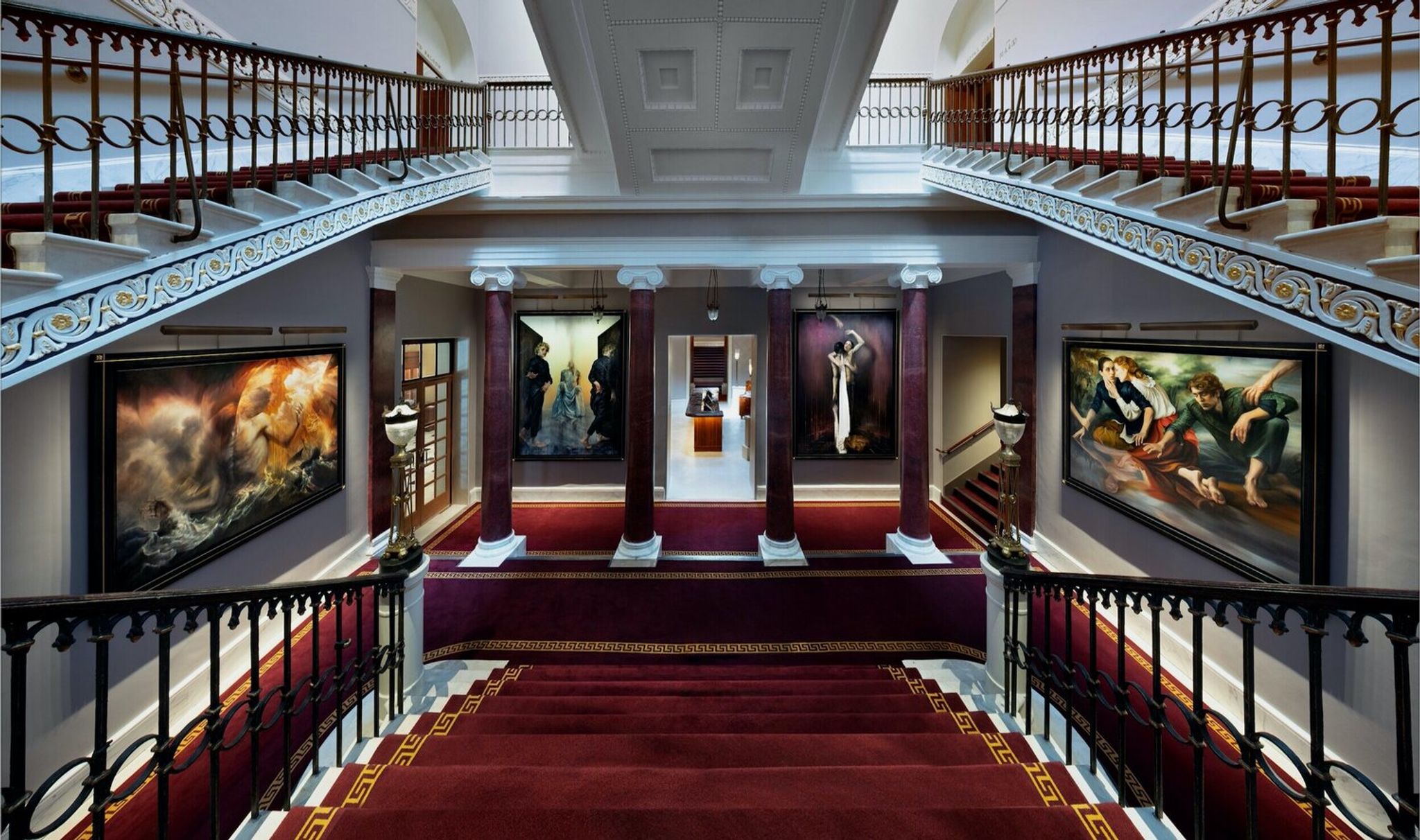
DK
I love both styles that I'm seeing. I'm lucky enough to be sitting amongst your work right now. And this beautiful painting, does this painting have a name? The one right behind me?
MK
It's from this series. It was called The Sieve. But then what happened was, I painted one of these every year for the last several years. And when Andrew came in here to talk to me about our project, the last painting that I had in my stacks that I didn't want to pull out, which I finally did, was a painting from this series. And he looked at it and said, That looks like a contemporary Ophelia. And I was taken aback because I think he'd read the painting even deeper than I could have. And from then on, for me, this became the Ophelia series.
DK
Very cool. It's beautiful. Let’s talk a bit about this studio space. What does this space mean to you?
MK
It is my studio, my sanctuary, my flow state laboratory, the place where I get to just play and tinker and host. And it's my favorite cocoon.
DK
That's beautifully put. I like that. Did you have specific inspirations when you were growing up? Or not necessarily people, they could be people, but experiences, or maybe films, or rather- what are you translating to the world through your art?
MK
I was a compulsive doodler, and my mom took me to countless museums as a child. And so my life was full of looking at old master paintings and surrealist paintings, probably not so mcuh mid 20th-century contemporary art, but my life as a child was infused with that type of work and a lot of classical music. I grew up under a piano. Both my parents are musicians. My mom is a professional musician by training. I think that ethos and the idea of (I'm borrowing this from Tarkovski), but sculpting in time, of taking these really strong emotions and turning them into something that could be a bridge between myself and other people.
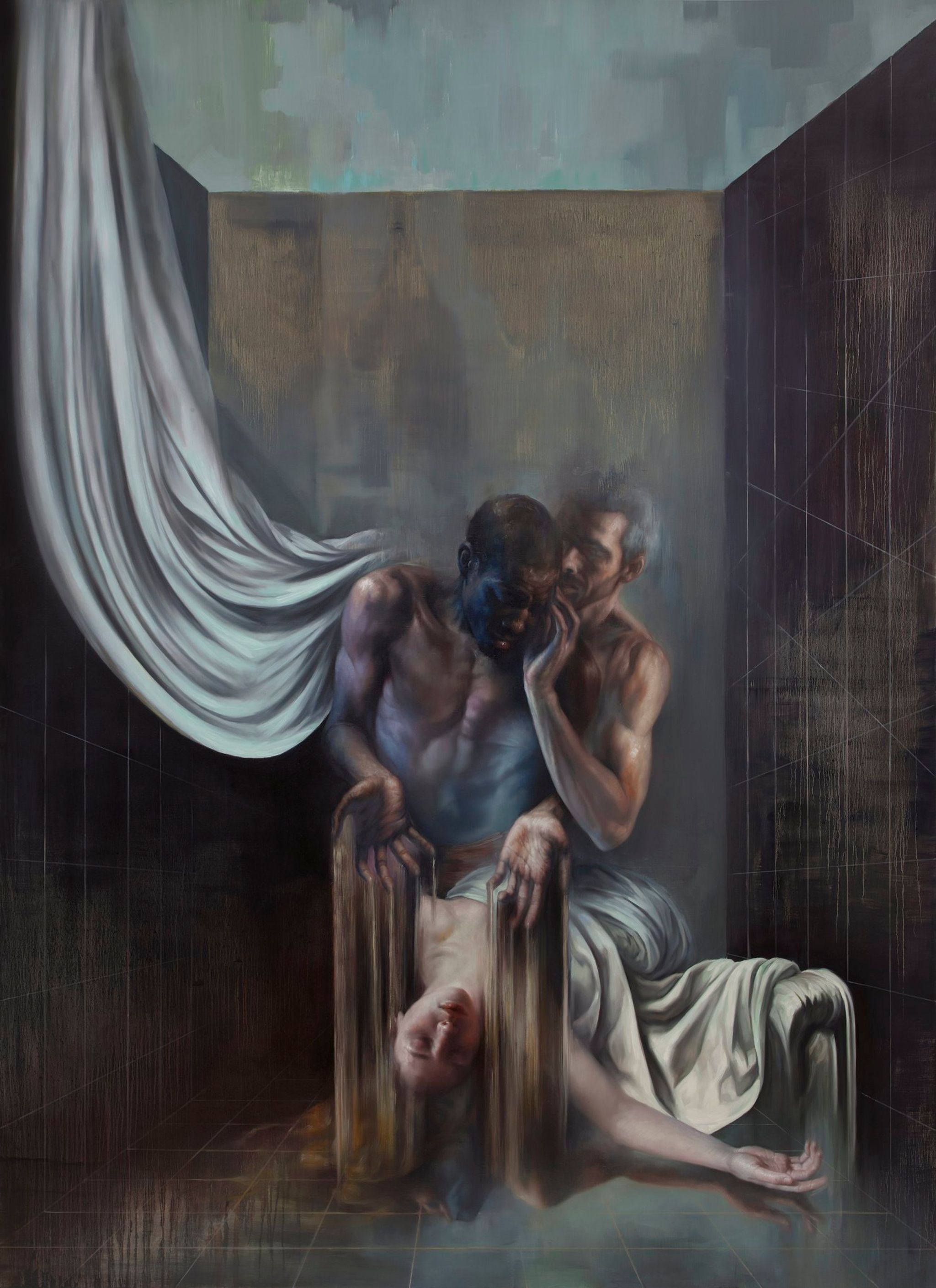
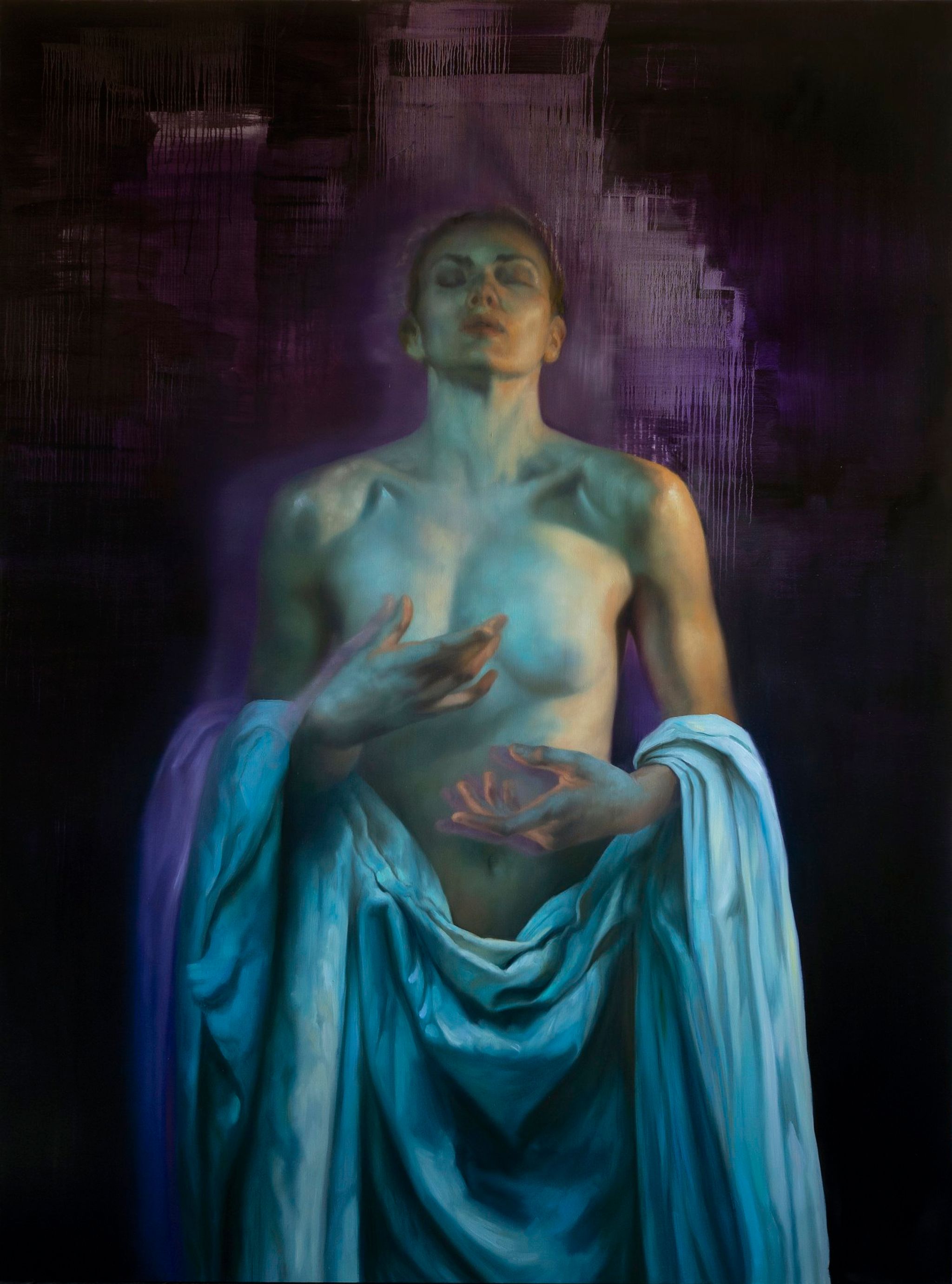

DK
That's a beautiful phrase. I like that a lot. It's funny… I always think about the difference between photography and painting, and that sculpting through time or sculpting time is such an interesting way to phrase that, because I often talk about photography as pulling a slice from time. When you make a painting, it's always a longer period of time than an instant. A photograph is usually an instant or a little bit longer than an instant, and then it's sculpted in that little tiny little sliver of time. And a painting, just by virtue of it being a longer process, you compress so much more time into that canvas as you would with a photograph.
MK
I just think that's a cool way to think about it. Yeah. It's funny. Time is really bent in art forms at large. It's linear time doesn't really check out that present moment, if you really clue into it, if the work is really good, contains insane multitudes. And with painting, to me, it's really fascinating, especially when I'm working with specific narrative work, I meant to take an entire narrative arc, this collection of things that have happened, and distill them into one frame that doesn't illustrate anything from that arc of time, but gives you the emotional thrust of everything that's happened through a specific gesture. And that seems just a fun thing to play with at large.
DK
Yeah. It's funny. Even just seeing your work in person, obviously, it feels like a deeper way to experience it. But even just seeing your work on Instagram, I was just very moved, by the way that you are able to capture things. I can see that it's dense with emotion. And that's something I really admire about your work. It sounds like you were lucky to grow up in a situation where creativity was encouraged. A lot of people aren't. And one of the biggest struggles for an artist is to push against the flow of that river. Society sometimes says things like: There's no way you can make money doing that. I think as you mature into an art career, no matter what medium you're in, you start to realize that there is a tremendous amount of potential to thrive in a creative life. So what has been your experience? Were you mostly encouraged? Were you discouraged? How did you push against that counterflow?
MK
I was very lucky in that I was very encouraged, and I was almost blindly encouraged. I think my parents just really love art and music, and so it felt very, very natural, and they've always been remarkably supportive. And it's been really interesting because I came to New York, I knew one person, and I had $20. You know what I mean?
It's just this blind, oblivious optimism that you're going to show up to a place and just do the thing that you want to do. That's what I grew up with. But if I think about it in a pragmatic sense, it's very hard to do. I don't necessarily encourage people to have an art career or definitely don't do what I did because it probably only works once. But it was really interesting. My parents were and continue to be remarkably supportive.
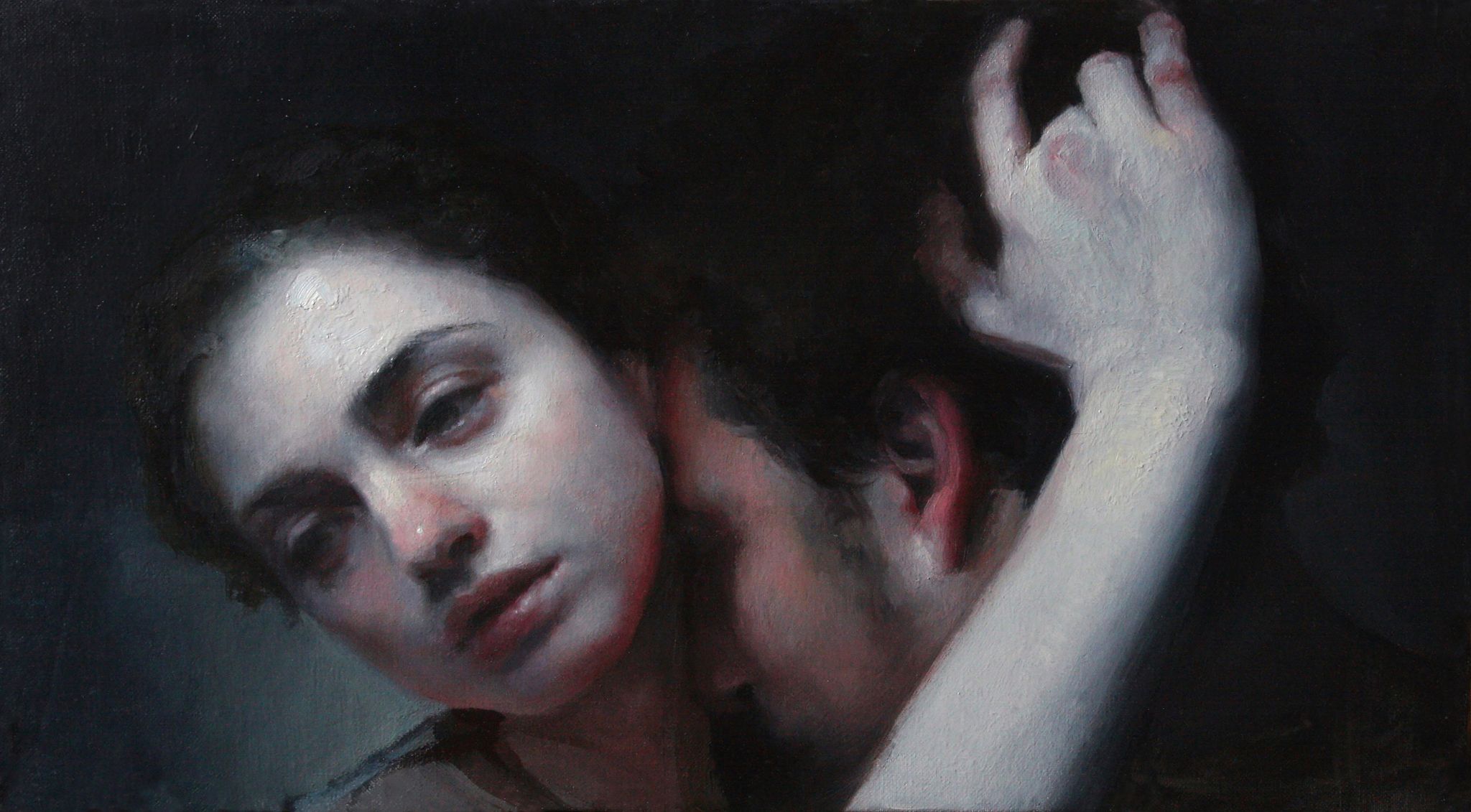
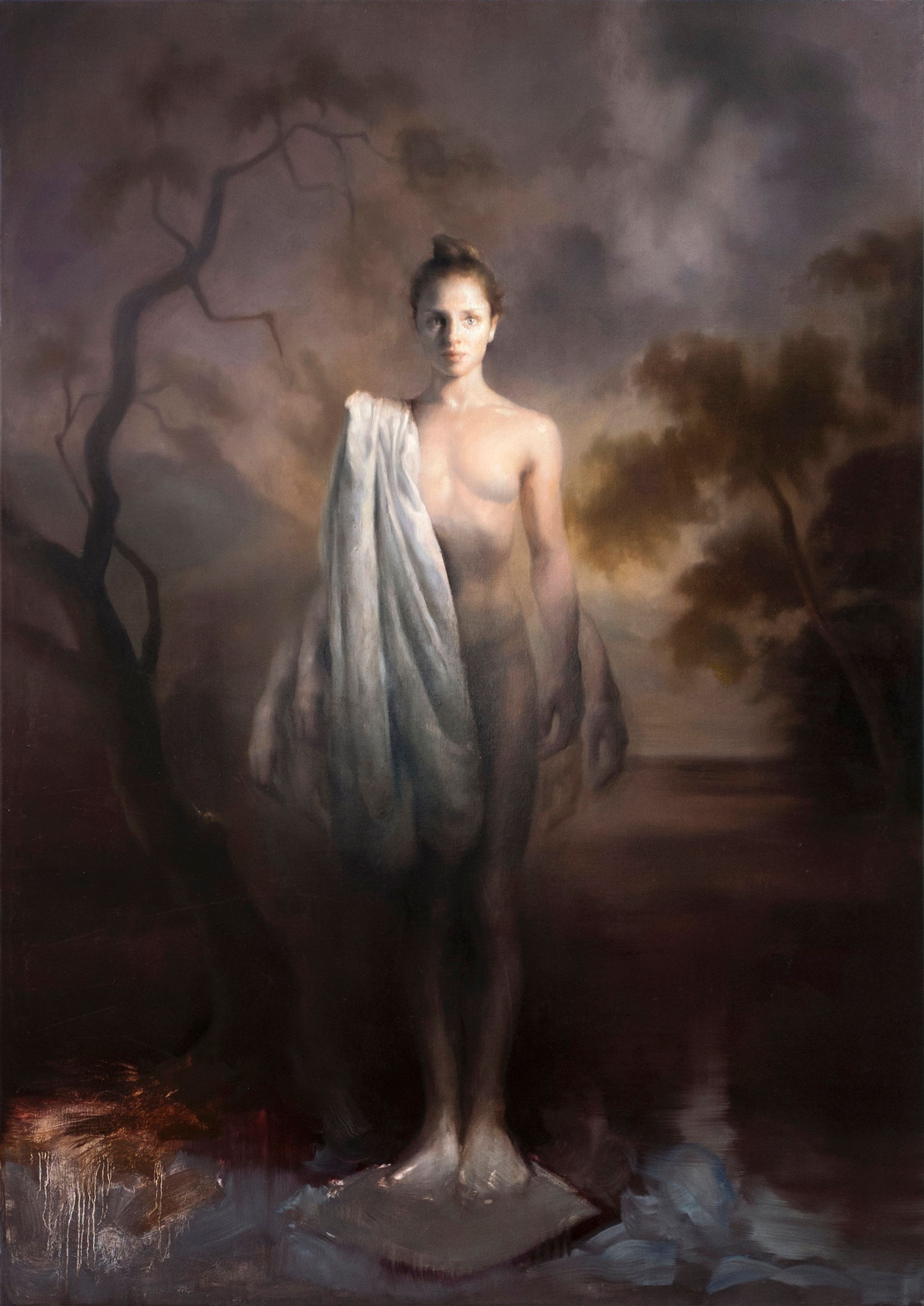
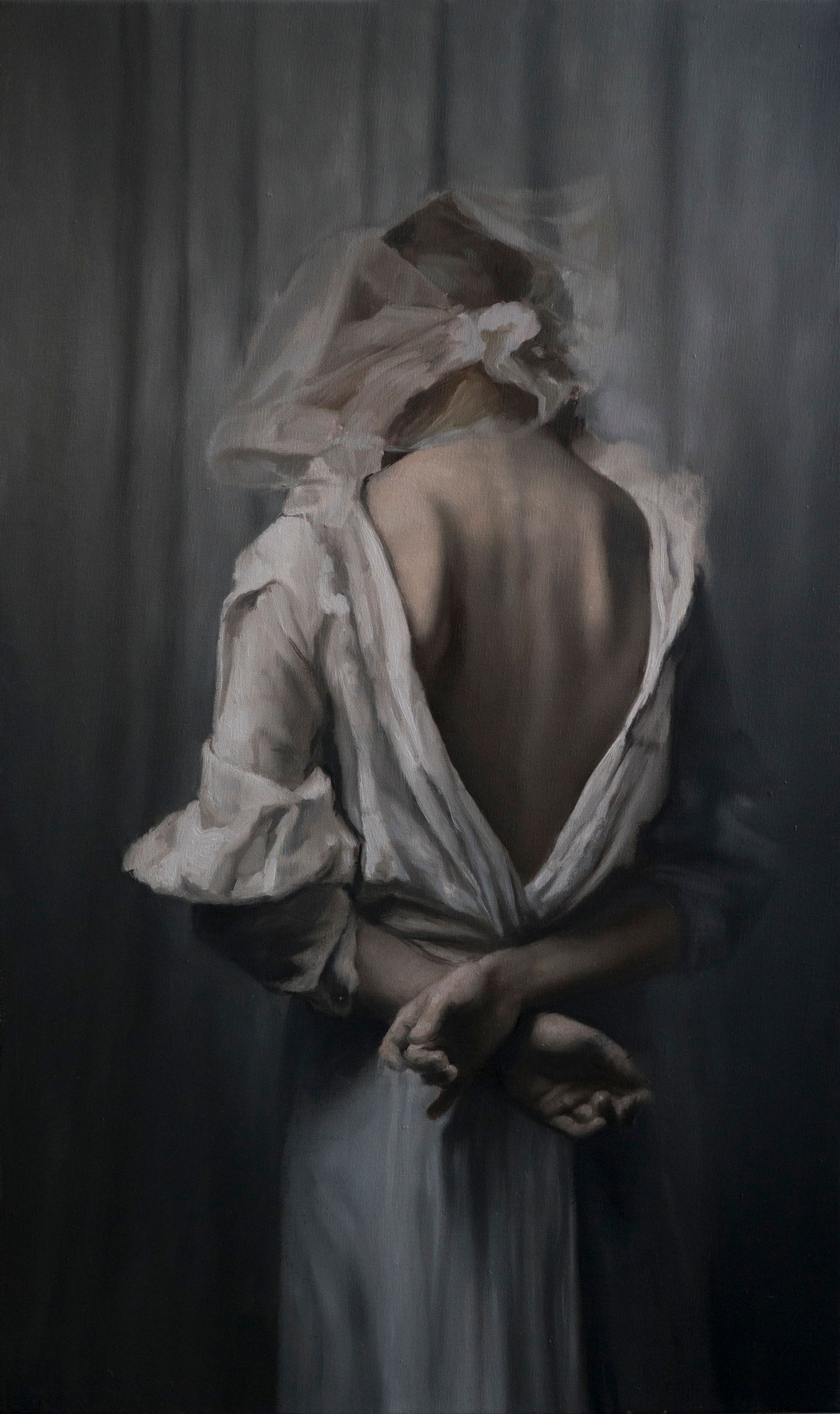
DK
I'm fortunate enough to be in the same boat where I just wouldn't have been able to really break through into a more sustainable ecosystem without a lot of support from them.
MK
Even just emotional.
DK
That's what I mean. Just being like, You can do this.
MK
Or just feeling like I had a place to come home. When I moved to New York, I called them and I was like, You might like it here.The economy had just tanked a few years earlier. It was a challenging moment. They just took the leap and moved here as well. They were in Maryland at the time. But yeah, it was just this desire to be in it together and having the sense that I could come home even if it was just to sleep on a couch. Right.
DK
Yeah. Amazing. One question I like to ask everybody is, what advice might you give to somebody who seeks a creative life but might be earlier on their path? They don't see how they can do it, or maybe they're doing it, but some advice for them that might help smooth some of the potholes in front of them?
MK
I would say figuring out what the prize is for you and keeping your eye on it, having integrity in your work, figuring out what you would do even if no one ever paid you for it, and what you actually want to spend all of your time doing, and how you want to feel when you're doing it. And just focus on that. But that's quite idealistic. I think at the end of the day, you also have to be really out there and talking to people and showing people your work and figuring out where you land within the ecosystem of this world. For me, it was challenging because I came here thinking that I would just make excellent work, and then people would like it and put it in galleries. And that's definitely not what happened. I was trying to make excellent work, and people liked it, but nobody put it in galleries. So I was nudged into a space where ultimately I just built my own world and my own context, which really... It was such a great interface with media because Instagram actually opened up at that time as well. So I actually had a forum to share with an audience. But yeah, I think you have to create your own world and just be an N of one.
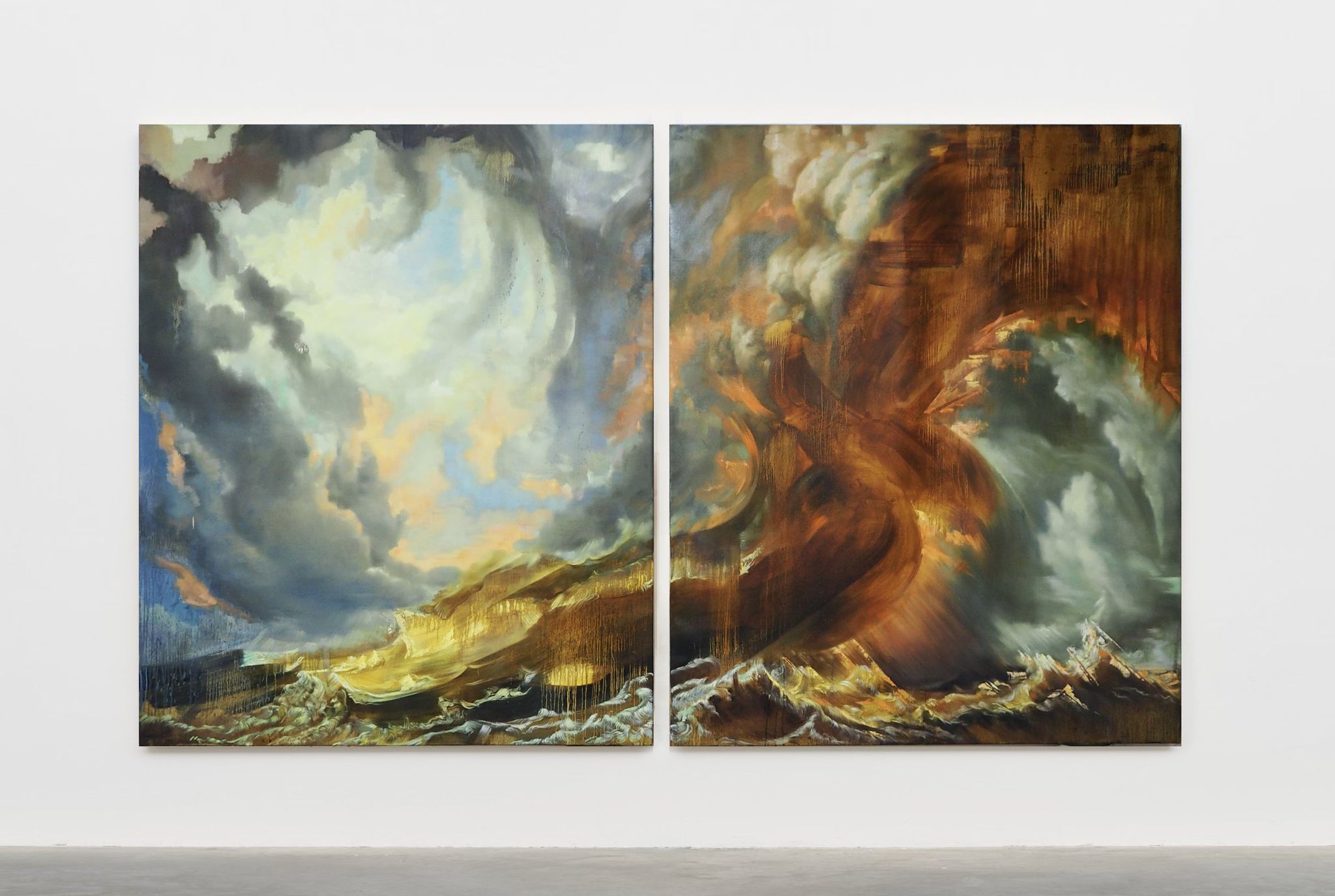
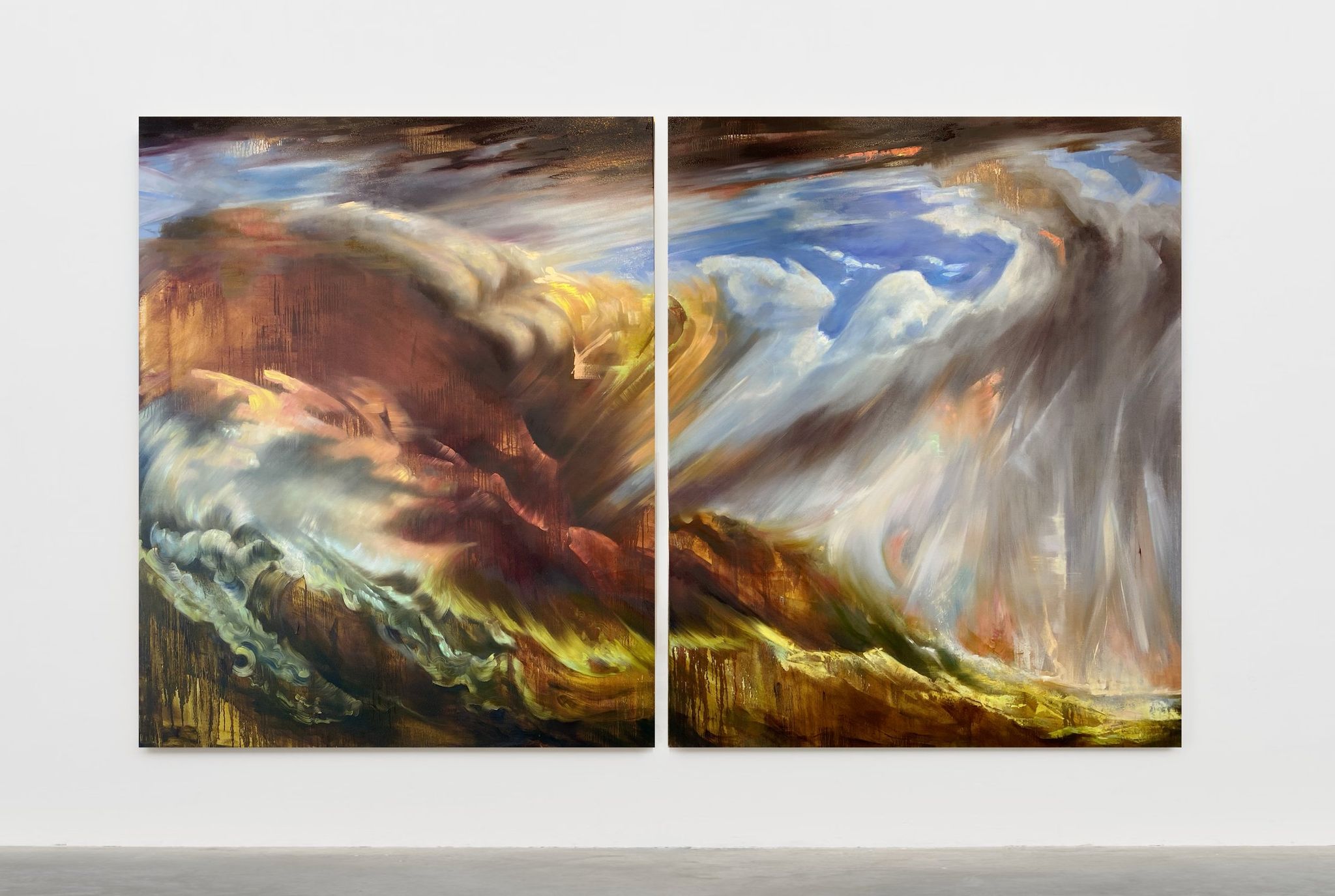
DK
That's beautifully said. I love that. I love that you brought the Instagram thing because I think the way I described Instagram, I was very early to it and got lucky to get the network effect of being early. And the way I used to describe it and still do is it's the printing press for visual media. So it's what Gutenberg did for writing and for literacy. Instagram and smartphones and social media in general has made the world immensely more visually literate, which opens up abundance and more and more value for the image. And you can be pessimistic and be like, oh, there's more creatives than ever before. When everyone's an artist, no one's an artist. But I think that's a ridiculous frame of mind.
MK
I also think it's a ridiculous frame of mind. To me, there's so much more good than bad to it. And albeit social media is extremely problematic. But I would argue that there is a way, particularly as a creative, to fit yourself inside of it, where it's a huge positive and a deep source of inspiration and opportunity and actual growth and positivity. I see so much artwork on my little rectangle. I mean, a lot of times that artwork looks better on the rectangle than it does in real life. Sad, quite sad. But sometimes you find just these incredible gems. I don't know if I could go to enough galleries physically and work with the intensity that I do in the studio. I don't think those two things are possible. I think I really need the rectangle.
DK
The rectangle is a window to the world, and you can open the window and you can also look through the window. And that's really cool because I wouldn't even know about your work if you didn't open that little window.
MK
I mean, you can also doomscroll through the rectangle for infinite numbers of hours. The infinite scroll thing is problematic. And you do get this aesthetic overwhelm as well. I see so much art that I don't even know what to do sometimes. But then I think pluralism is better than scarcity, full stop. And so the amount that the rectangle is giving me, I will take that over a siloed academia that only lets me see certain things. And there's no reason for me to trust an industry to give me people's creative output through their own vision, heuristic, pinhole, whatever it is. Sure, I trust other people's curation, but also I feel a lot of agency in deciding what I want and what I like and what I want to look at.
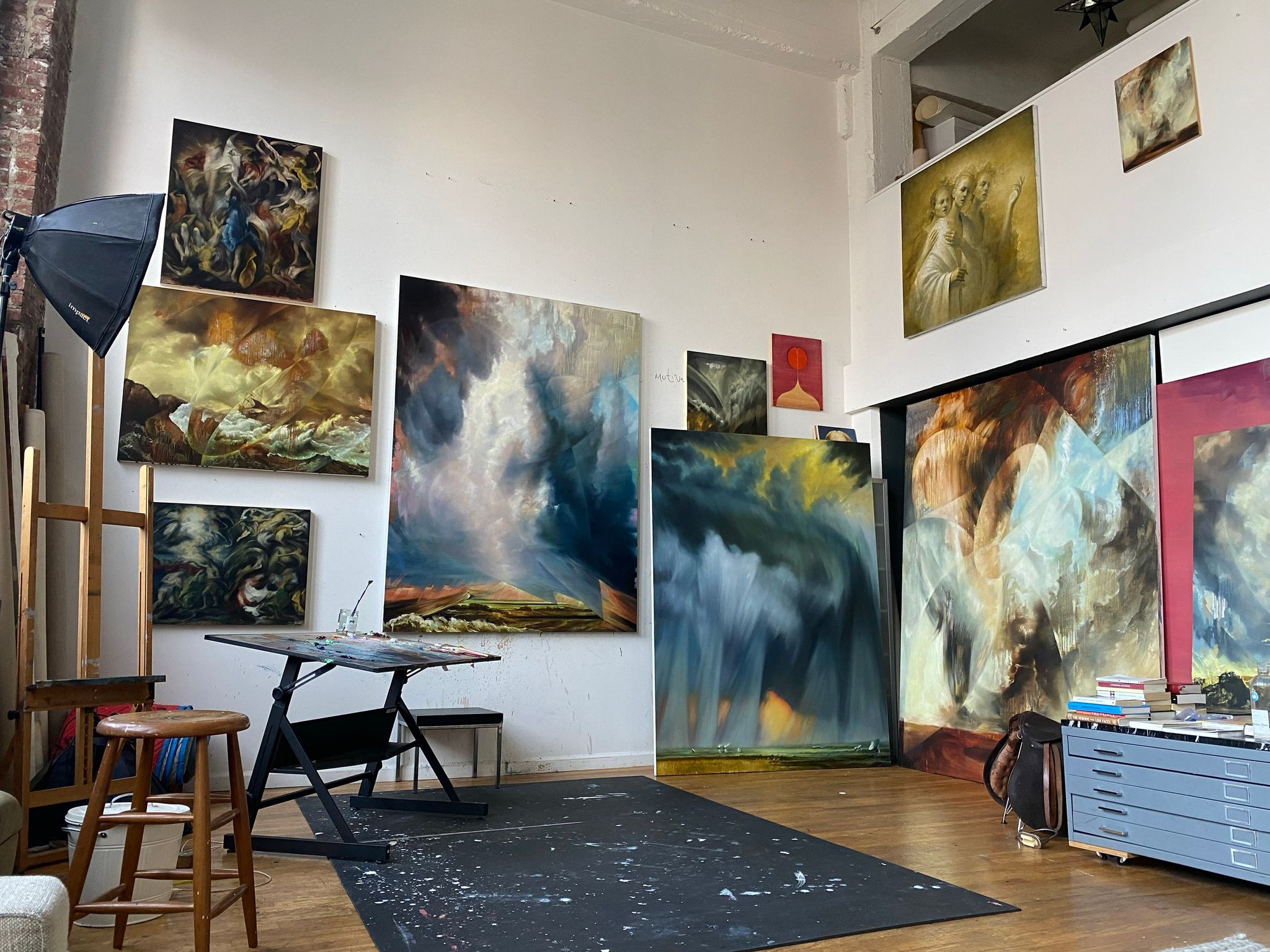
DK
And also just to see things from people's own point of view without it being warped through another curatorial lens is a nice thing. It's cool to have both.
MK
For sure. And the upside of the branding that everyone is forced to do is that they're also forced to tell a coherent story, which is hard to do. It's hard to distill your dreams and passions and desires and actually be able to push forth something beautiful and coherent that will actually inspire your audience and for them to feel like their time is well spent with your work.
DK
Yeah. Well said. Beautiful. Well, is there anything coming up that you want to mention before we wind it down here?
MK
Yeah. So I have a couple of paintings that are on view now at James Cohan. It's a beautiful show. It's this expansive survey of landscape painting. Really wonderful. If you're at Zonamaco, I'll have a painting down there with The Hole. They're bringing one of my favorites from my show down there. I'm going to try to come. I'm going. I'll see. I've never been to Mexico City. I'm finishing up a bunch of work that's due for Venice for mid-April. So if all goes well, you can see my presentation of storms that will run alongside the Venice Biennale for a little while.
DK
Maria, thank you so much for having me visit today, this was a wonderful conversation and I learned so much from you, and about you. Really looking forward to watching much more from you, keep up the incredible work. To the reader, connect with Maria via her Instagram and her Website.
